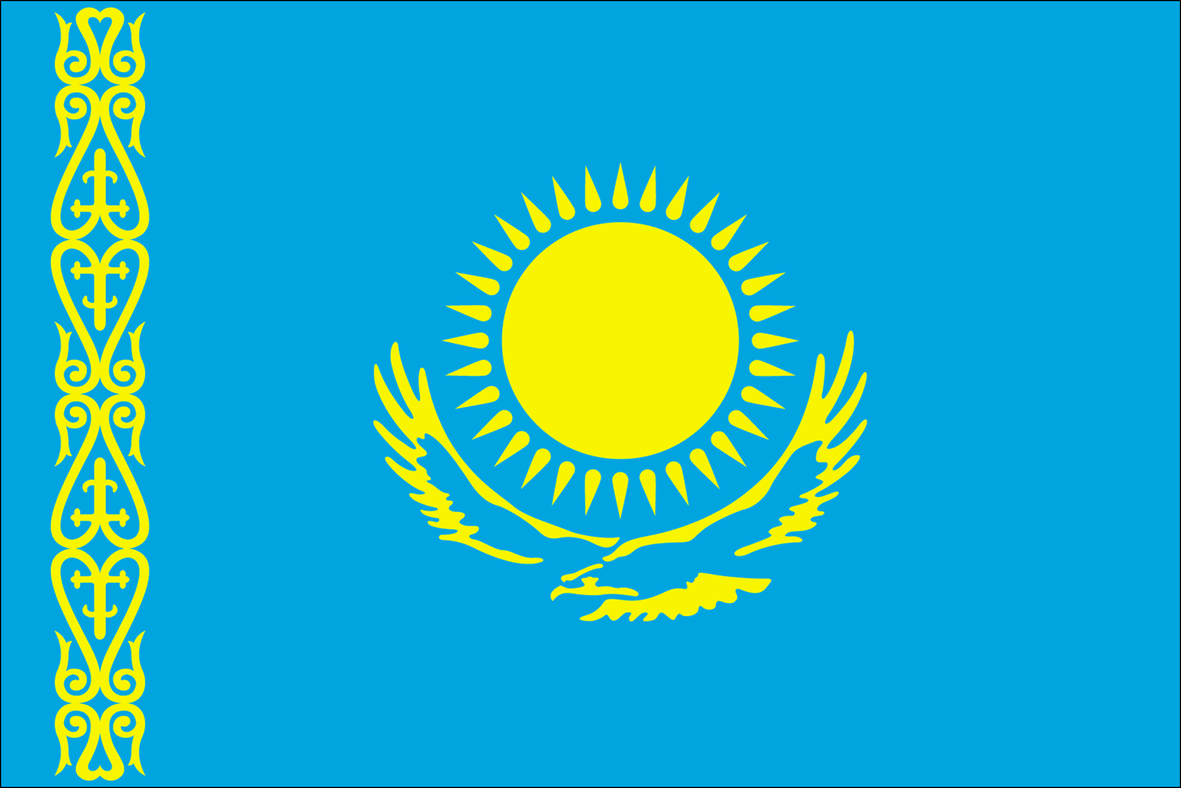Hopes
I hope that children and families from diverse backgrounds always feel valued, respected, and connected. I hope that children never have to choose between the dominant culture and their home culture, but they can embrace both cultures. Nadiyah Taylor (Laureate Education, 2011) said,
"We want attachment between families, and we want children to grow up in a nest of things that are familiar and make them feel whole, especially if they're people who are not necessarily part of or parts of the dominant culture, I think they need to be whole as they make those bridges between their home culture and the dominant culture "Goals
With this hope in mind, I would like to see the early childhood field to promote diversity by valuing the unique qualities each child and their family brings to a program. The early childhood field should provide resources to make a program and life of the families they serve more equitable. Also, the early childhood field should promote discussions and open communication about our work with diversity so families understand the importance of ensuring social justice for them and others.
Thanks
Thank you to all my colleagues in EDUC 6164 Perspectives of Diversity and Equity for sharing who you are so openly in this course. We have learned so much about ourselves. Now, we are aware of what we need to do to promote diversity, equity, and social justice in early childhood programs. Thank you for sharing your personal and professional experiences to help me understand others perspectives from other backgrounds. Thank you!
I would like to leave you with a quote from Henry Adams:
"A teacher influences eternity; he can never tell where his influence stops."
Reference
Laureate Education, Inc. (Executive Producer). (2011). Perspectives on Diversity and Equity:Family cultures: dynamic interactions. Baltimore, MD: Author.


